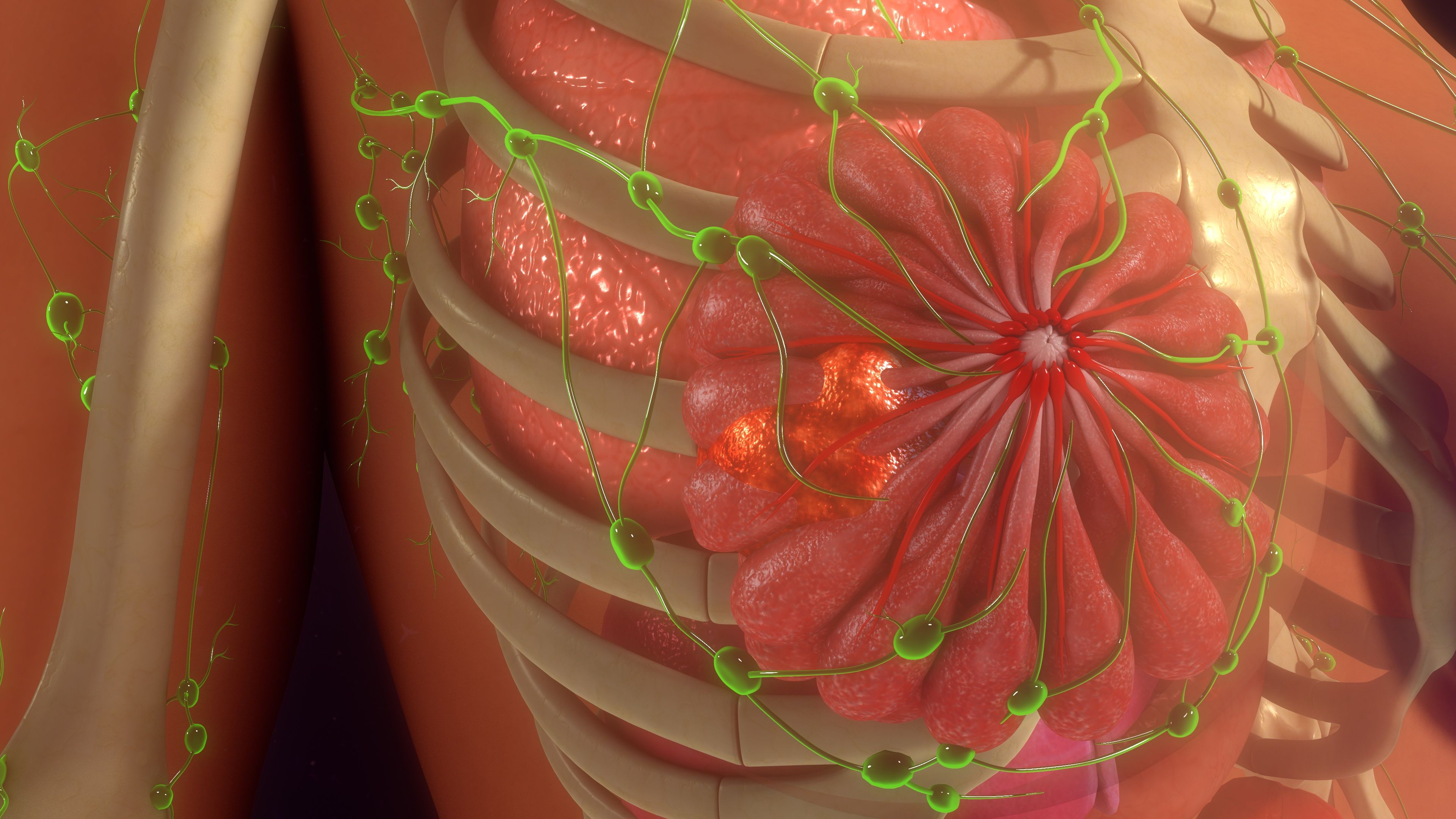Article
Cancers Diagnosed During Pregnancy, Postpartum May Have Higher Death Rates
Author(s):
Research found that patients diagnosed with cancer during pregnancy or postpartum tended to have slightly lower five-year survival rates than those diagnosed outside of that period.
Patients who are diagnosed with cancer during pregnancy or the postpartum period tend to have higher five-year death rates than those who receive their diagnosis outside the timeframe of carrying and/or delivering a baby, according to research published in the journal JAMA Oncology.
Research showed that survival rates for women who were diagnosed with cancer during pregnancy or postpartum tended to be slightly lower than those diagnosed at a time remote from pregnancy.

The one-year overall survival rates, which is the percentage of patients who were still alive after one year, were 97% for patients diagnosed with cancer during pregnancy, 96% for those diagnosed during postpartum and 98% for those diagnosed during periods separate from pregnancy and post-partum.
The five-year overall survival rates for each respective group were 87%, 89%, and 93%, respectively.
After adjusting for age and disease stage at diagnosis, cancer site and days to first treatment, patients diagnosed with cancer during pregnancy or postpartum had an increased risk of death. This mortality risk remained elevated when comparing pregnancy and postpartum diagnoses with cancers diagnosed outside of the pregnancy/postpartum periods.
Investigators observed increased mortality risks for patients with breast, ovarian and stomach cancers diagnosed during pregnancy. Additionally, there was an increased mortality risk for those diagnosed with brain, breast and melanoma skin cancer during postpartum.
According to the American Cancer Society, the most common cancers diagnosed in pregnant individuals include breast, cervical, thyroid, colon and ovarian cancers, melanoma, lymphoma and leukemia. Though uncommon, thousands of people are diagnosed with cancer during pregnancy each year.
“This population-based cohort study found that pregnancy-associated cancers had an overall increased mortality compared with cancer occurring remotely from pregnancy, and death rates varied greatly depending on cancer site and timing of diagnosis,” the study authors stated. “More research on each cancer site is required to provide robust evidence to guide counseling and clinical care of affected patients.”
READ MORE: Pregnancy During Cancer: Treating Two Patients, Not One
Investigators of this population-based retrospective cohort study included data from premenopausal women aged 18 to 50 years who had cancer diagnoses between Jan. 1, 2003, and Dec. 31, 2016, with follow-up until Dec. 31, 2017.
Patients were categorized as being diagnosed with cancer during pregnancy or from conception to delivery (1,014 patients), during the postpartum period or up to one year after delivery (3,074 patients) or during a period separate from pregnancy (20,219 patients).
The main goal of the study was to analyze overall survival rates at one and five years, as well as the time from cancer diagnosis to any-cause death. Data was adjusted to consider age at cancer diagnosis, cancer stage, cancer site and days from diagnosis to first treatment.
The median patient age at diagnosis was 31.9 years for those diagnosed during pregnancy; 32.6 years for those diagnosed during the postpartum period; and 36.5 years for those diagnosed separately from pregnancy. In the pregnancy and postpartum diagnosis groups, respectively, the mean gestational age at delivery was 37 weeks and 38.5 weeks and the preterm birth rate was 32% and10%.
Of the patients diagnosed during pregnancy and those diagnosed separately from pregnancy, respectively, 26% and 30% had breast cancer. Of those diagnosed postpartum, 24% had thyroid cancer.
Investigators noted reduced survival for patients with cancer of the upper digestive tract diagnosed during pregnancy, colon cancer diagnosed postpartum and uterine cancer diagnosed postpartum. There were no statistically significant differences in survival for patients with cutaneous malignant melanoma or cervical cancer diagnosed during pregnancy or postpartum.
For more news on cancer updates, research and education, don’t forget to subscribe to CURE®’s newsletters here.




